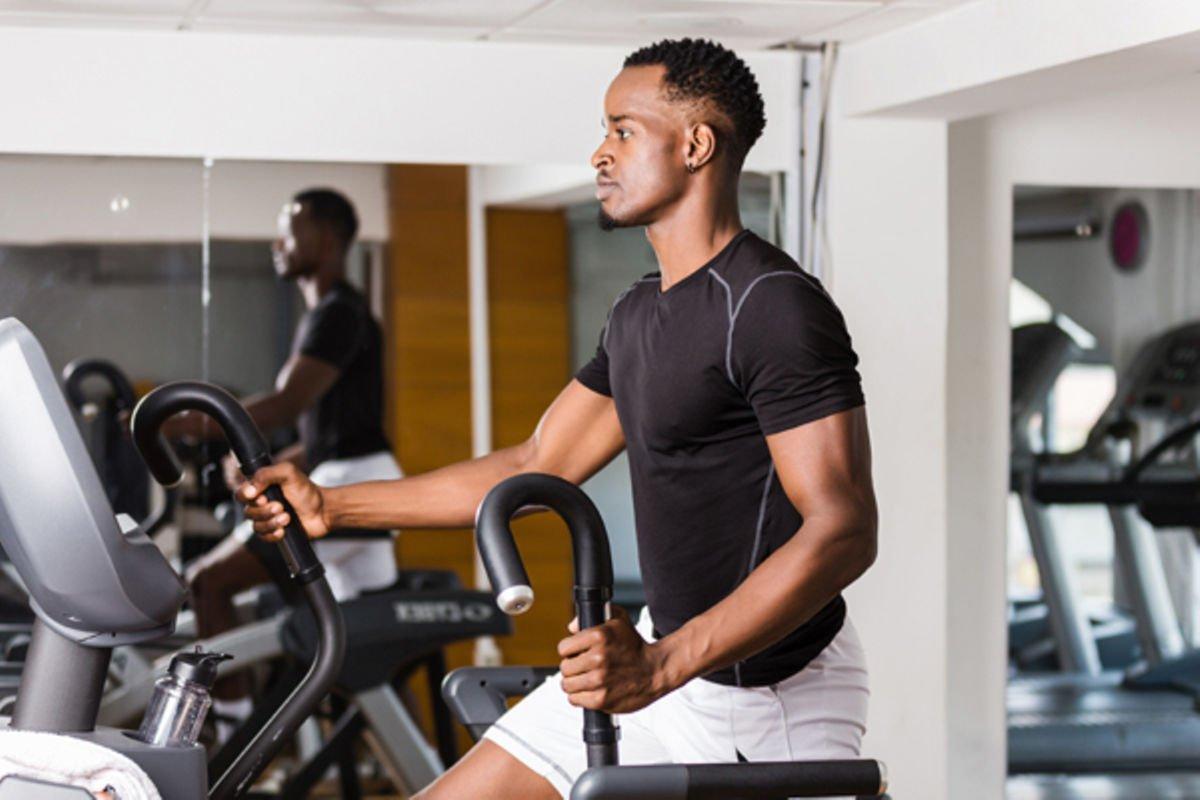Africa-Press – Namibia. It is one thing for your trainer to urge you to engage your core and another to actually do it since a number of people have no idea what the core is or what it comprises.
Charles Mbuga, a fitness trainer, says while engaging one’s core is important during any workout, it is often misunderstood and thus done incorrectly. “While some may think it is about sucking in their stomach, there is more to it. You may look at it as contracting muscles in your midsection to create enough stiffness to support your pelvis and spine,” he says.
Therefore, unlike most perceptions, the core is not just that ‘six-pack’ but muscles that support the pelvis, spine and wrap around the torso. These include adductor, glute, abdominal and lower back muscles alongside the hip flexors (not forgetting the pelvic floor), diaphragm and spinal erectors.
According to keleefitness.com, of all these, abdominal muscles are the most important in getting a grip of how to engage one’s core. These muscles include the transverse abdominis (TVA), which is the deepest wrapping around the waist and acts as a stabiliser for the core muscles and lower back.
It also connects the ribcage to the pelvis. Right above the TVA are the criss-cross shaped internal and external obliques that foster twisting movements. Then there is the rectus abdominis, commonly known as the six-pack which is the front part of the abdominal muscles helping the upper body to bend forward.
Mbuga says the core is only engaged when these abdominal muscle components are working together alongside muscles connected to the spine in order to stabilise the torso. Engaging the core
Naturally, your core is engaged before you cough or laugh. However, in the case of understanding how it is done voluntarily, try bracing yourself as one anticipating a punch to their stomach yet still breathing normally.
“The commonest mistake is for one to suck in their stomach and hold their breath. On the contrary, work at drawing your naval up and inwards so you feel a tightening yet still be able to breathe and move normally,” Sharon Mukisa, a fitness trainer, shares.
Therefore, engaging your core is meant to give you a feeling of being stable thus avoiding excessive motion at the pelvis and spine when force is exerted on the body as is experienced when carrying groceries, jumping, walking, or even carrying weights.
“The best position to engage your core is when you are on your fours (crawling baby). Pull your abdominal muscles up and in while keeping the torso still yet breathing.
Naturally, the TVA engages as one exhales. However, you should breathe normally if you are to support your core. Additionally, deep breathing should be avoided while engaging your core when exercising, walking, sitting or standing,” Mukisa shares.
Feel Engaging your core is synonymous with the feeling of a belt tightened at your centre. However, if the pull is felt in your lower back, Mukisa says, you might be excessively working your back muscles.
“While engaging your core is equally tiring because muscle endurance and coordination are required, trying so hard to engage the core might cause you to arch your lower back, which makes the stomach bulge out yet everything ought to be getting pulled to the centre yet allowing you to breathe and move normally. To correct any posture problems, it is important to remember that this is not about crushing but working your midsection muscles in a coordinated manner,” she advises.
Benefits Gaining an understanding of how to engage your core is crucial for abdominal workouts such as sit-ups, planks and push-ups since you will then get the most out of the workout. “The exercise becomes effective and the desired goals are achieved quickly,” Mbuga says.
Additionally, a strong core means a smoother sail when working other muscles. Mukisa says: “Coordination and strength are increased thus the ability to do workouts that use other muscle groups. For example, you will easily jump higher or even perform squats with weights,” she says.
One will experience reduced strain because a well-engaged core means your spine is supported and the back is not strained. “For example, you will not easily tire when lifting weights because you know how to receive any exerted force. That way, you will easily avoid getting injured,” Mbuga says.
On the flip side, a weak core exposes one to posture problems which may lead to body pain and injuries such as slipped disc and knee injuries . Practice To get familiar with core engagement, start out with this bracing exercise.
1. Lie face-up on the floor with your knees bent and feet flat on the ground. Extend your arms so they lie flat beside your body, with your palms on the ground.
2. Press your lower back into the ground so that your tailbone tips up slightly.
3. Inhale deeply, filling your belly. Once your belly is full of air, clench your abdominal muscles (while keeping your lower back pressed into the floor).
4. Use your ab muscles to pull your belly button up and inward against your breath.
5. Continue to breathe, filling your chest with air. Your stomach should remain full the entire time.
6. Take three to five breaths, relax, and start the exercise over. Source: verywellfit.com
For More News And Analysis About Namibia Follow Africa-Press






